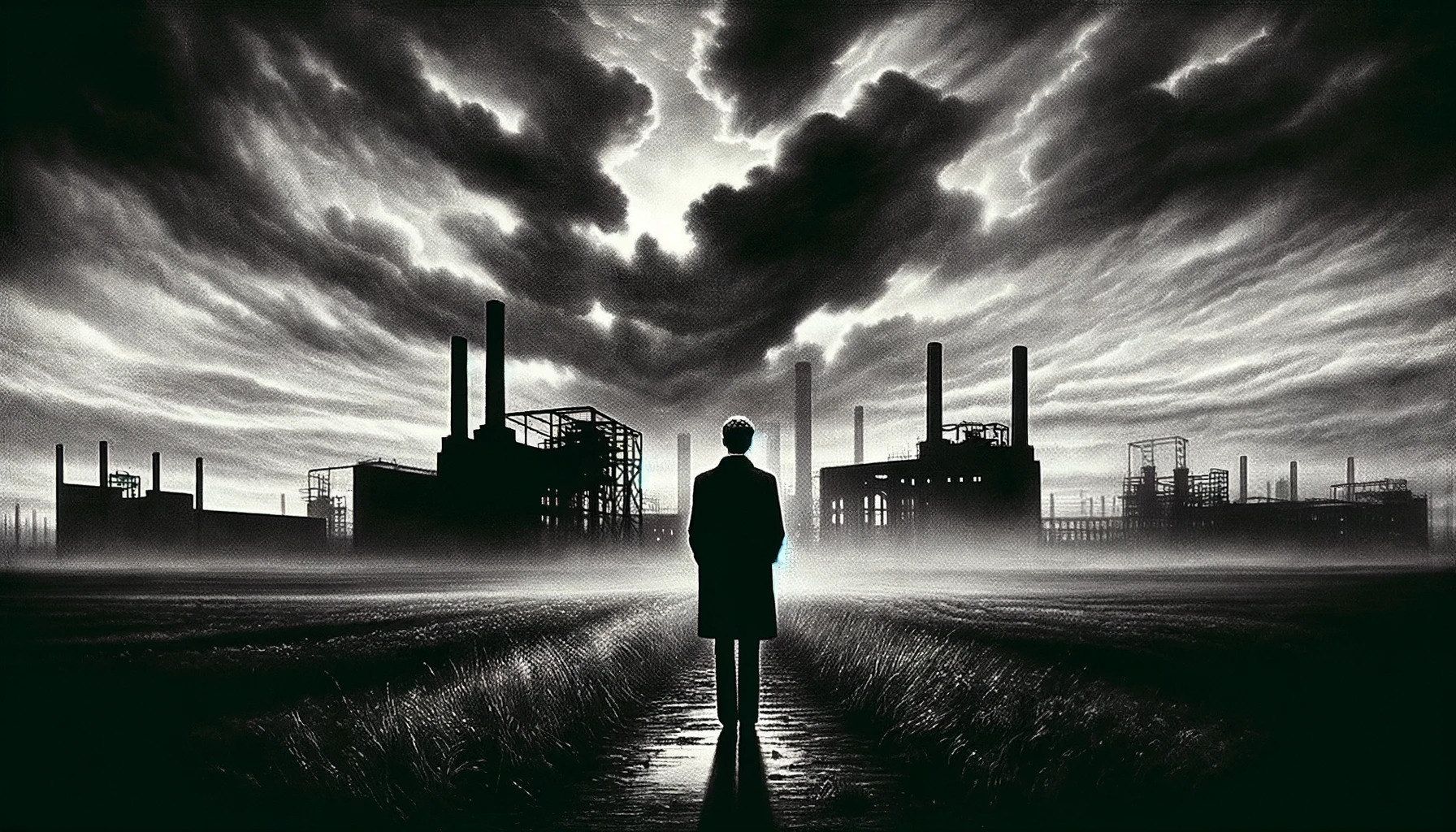Home>Entertainment>Review of “Control”: A Cinematic Ode to Ian Curtis and Joy Division


Entertainment
Review of “Control”: A Cinematic Ode to Ian Curtis and Joy Division
Published: February 15, 2024
Review of 'Control': A deep dive into the life of Ian Curtis and Joy Division, capturing the soul of a legend through stellar performances and visuals
(Many of the links in this article redirect to a specific reviewed product. Your purchase of these products through affiliate links helps to generate commission for Regretless.com, at no extra cost. Learn more)
Table of Contents
In the realm of biographical films, “Control” stands out as a poignant and beautifully crafted portrayal of Ian Curtis, the enigmatic lead singer of Joy Division. Directed by the renowned photographer Anton Corbijn, the film is a masterful exploration of Curtis’s life, his internal struggles, and the music that defined a generation. This review delves into the essence of “Control,” highlighting its artistic achievements, emotional depth, and the indelible mark it leaves on the audience.
Unraveling the Enigma of Ian Curtis
At the core of “Control” lies the poignant story of Ian Curtis, brought to life with compelling depth by Sam Riley. Riley’s portrayal is a revelation, capturing Curtis’s unique vulnerability and intensity, which resonate with common personal vibes of struggle and isolation. His performance feels intimately revealing, as if granting a glimpse into the very heart of Curtis. Through this depiction, the film delves into Curtis’s fight with epilepsy, the complexities of his personal relationships, and his deep sense of solitude. Riley’s skill in conveying Curtis’s spirit is not merely impressive; it’s transformative, drawing the audience into a shared experience of the musician’s inner world.
The Visual Aesthetic: A World in Black and White
Anton Corbijn’s decision to shoot the film in black and white is a stroke of genius. This choice is not merely aesthetic; it’s a narrative device that perfectly captures the bleak industrial landscapes of 1970s England, the stark reality of Curtis’s life, and the introspective gloom of Joy Division’s music. The cinematography, with its deep shadows and contrast, adds a layer of timeless elegance and melancholy, making “Control” not just a film but a piece of visual poetry.
The Soundtrack: An Echo of Despair and Genius
No review of “Control” would be complete without mentioning its soundtrack. The music of Joy Division is the soul of the film, with tracks like “Love Will Tear Us Apart,” “Transmission,” and “Atmosphere” serving as both backdrop and insight into Curtis’s psyche. The film’s score, coupled with Riley’s live performances, doesn’t just recreate Joy Division’s sound; it resurrects the band’s spirit, offering a raw, unfiltered glimpse into their creative process and the despair and brilliance of Curtis’s lyrics.
Supporting Cast: The Pillars of Curtis’s World
The performances of Samantha Morton as Deborah Curtis and Alexandra Maria Lara as Annik Honoré offer a profound counterbalance to Curtis’s turmoil. Morton’s portrayal of Deborah is particularly noteworthy, capturing the complexity of being wed to a man like Curtis—her love, frustration, and despair are palpable, providing a grounded perspective on the human cost of genius. Lara, as Annik, represents the unattainable ideal, a source of inspiration and escapism for Curtis that ultimately only deepens his sense of entrapment.
The Direction: Anton Corbijn’s Masterful Hand
Anton Corbijn’s direction is subtle yet powerful. His background as a photographer is evident in every frame, with a meticulous attention to composition and mood. But it’s his personal connection to the band—he photographed Joy Division in their heyday—that infuses the film with authenticity and passion. Corbijn doesn’t just tell Curtis’s story; he feels it, and that emotional investment is palpable throughout the film.
Cultural Impact and Legacy
“Control” does more than recount the life of a troubled musician; it captures a moment in time, a snapshot of the post-punk era and the cultural upheaval of late 20th-century Britain. It’s a film that speaks to the enduring influence of Joy Division, not just on music but on the broader cultural landscape. The film’s legacy is tied to its ability to evoke a sense of empathy and understanding for Curtis, transforming him from a figure of myth into a profoundly human character.
Final Thoughts
“Control” is a film of haunting beauty and raw emotional power. It’s a tribute to Ian Curtis and Joy Division that manages to be both a deeply personal exploration of an individual’s struggle and a universal tale of love, loss, and the search for meaning in the shadow of impending doom. Anton Corbijn has crafted a cinematic masterpiece that transcends the traditional biopic, offering a window into the soul of an artist whose life was as complex and compelling as the music he created.
In the end, “Control” is not just a film about Ian Curtis or Joy Division. It’s a meditation on the human condition, on the beauty and tragedy of living, and the paradox of creating art that resonates with the pain and ecstasy of existence. It’s a film that stays with you, echoing in the corners of your mind long after the credits roll. A must-watch for fans and newcomers alike, “Control” is a testament to the power of cinema to capture the essence of life, in all its shadow and light.














